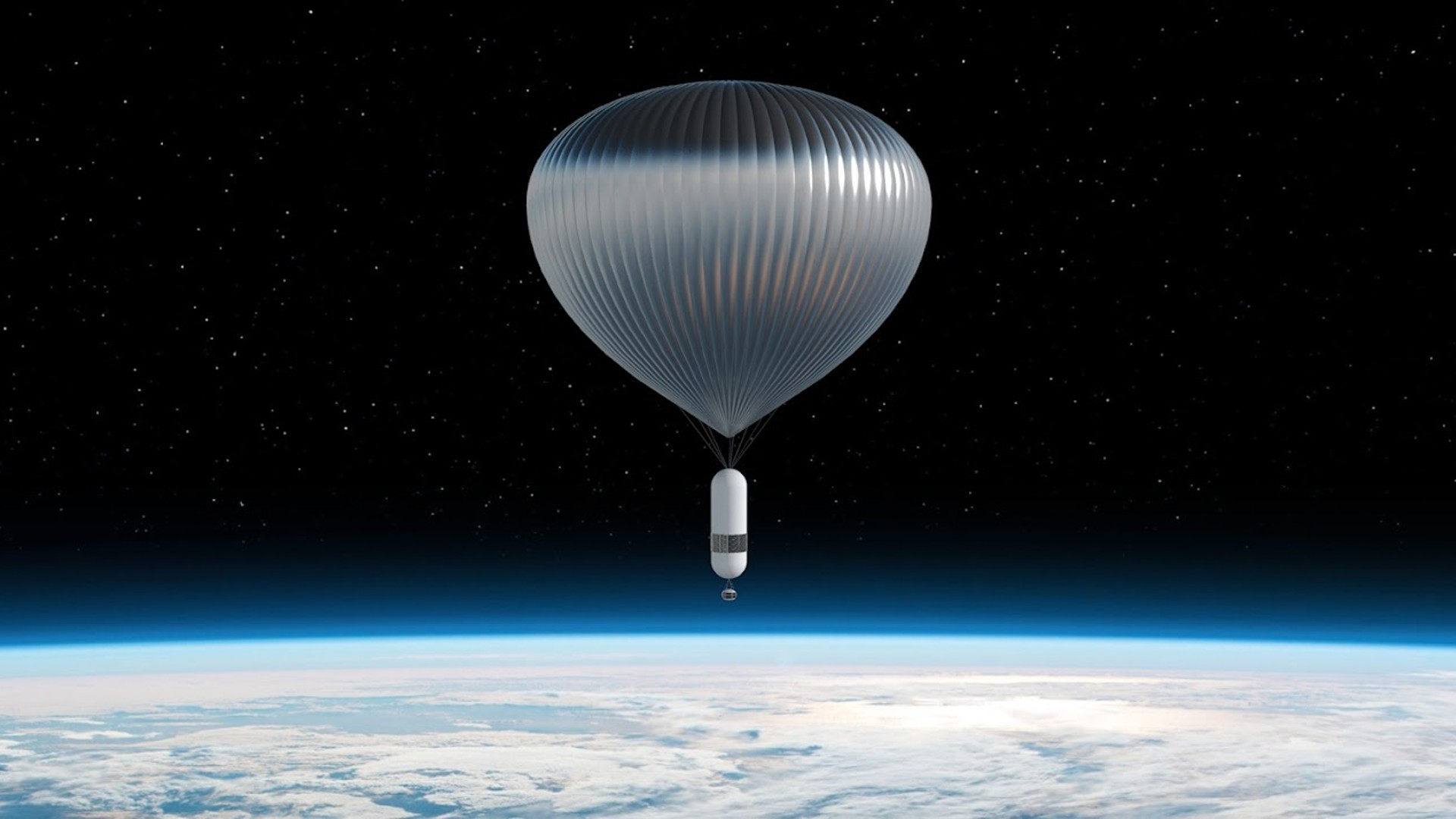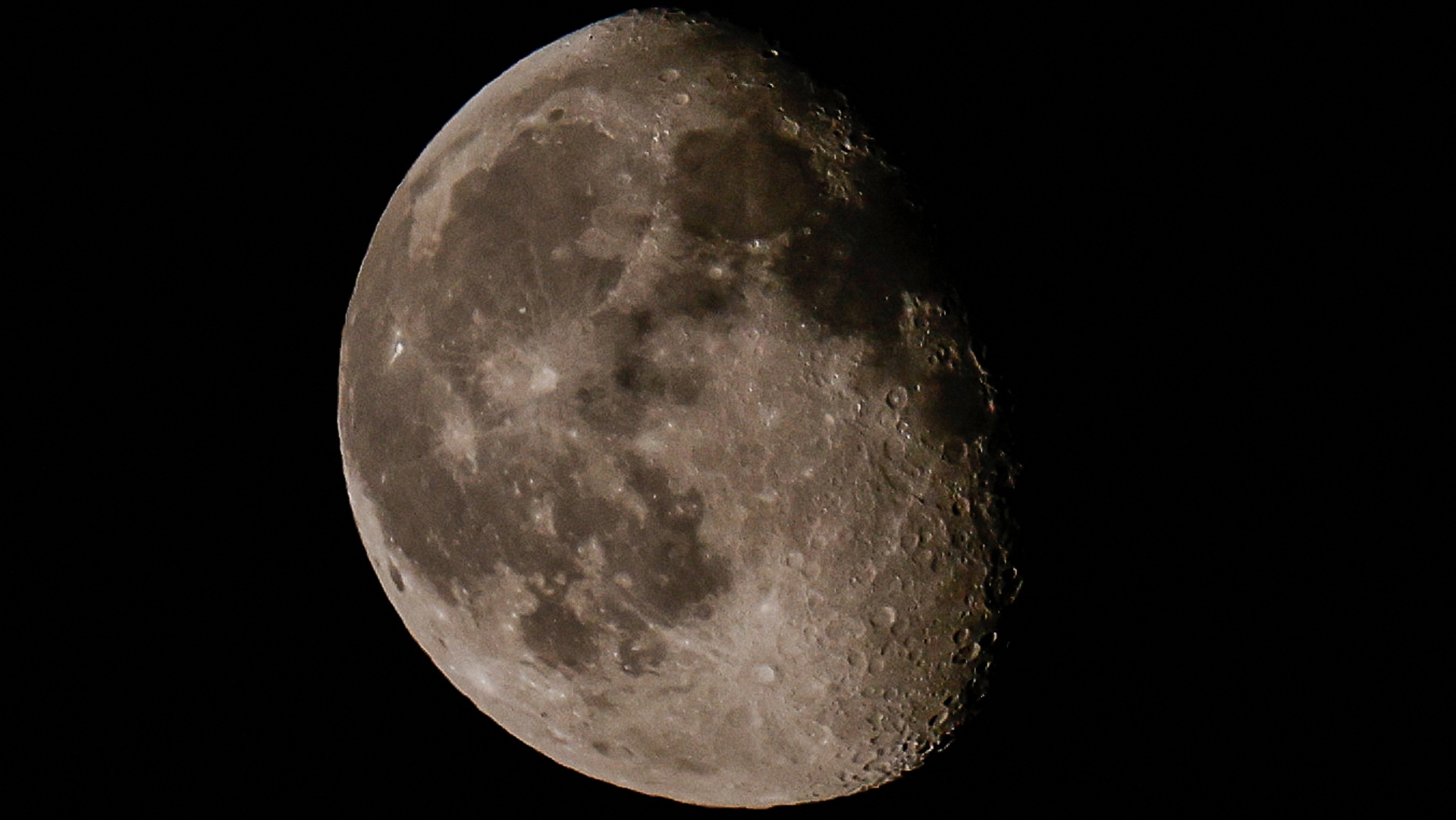Visit the edge of space in style with new luxury balloon tourism startup
High-class meets high-altitude at the edge of space, starting at $132,000 per person.

Space tourism has never looked this fancy.
France-based startup Zephalto has partnered with Centre national d'études spatiales (CNES), the French space agency, in a plan to begin offering elegant high-altitude stratospheric balloon flights. Lofted by a huge balloon filled with hydrogen or helium, Zephalto's pressurized capsule will ascend high into Earth's atmosphere as high as 15.5 miles (25 kilometers) to offer passengers a unique view of the world below.
Flights are scheduled to begin by 2025, with the company's website already taking reservations for a $11,000 (€120,000) deposit, according to a Bloomberg report. Zephalto's balloon will hold six passengers and two pilots, and will lift off from the French spaceport. The company hopes to expand its access worldwide, and features "next opening" pins in every populated continent on a global map of Zephalto spaceports.
Related: Space Perspective wants to take tourists on balloon rides to the stratosphere
However, Zephalto hopes to set itself apart from competitors by offering its near-space farers the luxury of fine French cuisine as a part of their journey. Alongside the VIP amenities that accompany a ticket price over a hundred thousand dollars, Zephalto plans to offer a Michelin-star caliber dining experience with a window-seat view of the cosmos. Also, the craft will have Wi-Fi, so you can post your space pics before even returning to Earth!
The capsule's interior is being created by French designer Joseph Dirand, who hopes his minimalistic approach will allow passengers to focus their attention out the windows and not their immediate surroundings. "I hope that our guests will return to Earth with new perspectives towards our precious planet, its beauty and how to protect it better," he told Bloomberg.
The flight itself will take a total of six hours, consisting of an hour and a half ascent, three hours for wining, dining and sightseeing, and another hour and a half for your descent back to Earth. "We choose 25 kilometers high because it's the altitude where you are in the darkness of space, with 98% of the atmosphere below you, so you can enjoy the curvature of the Earth in the blue line. You're in the darkness of space, but without the zero gravity experience," said aerospace engineer and Zephalto founder Vincent Farret d'Astiès.
Breaking space news, the latest updates on rocket launches, skywatching events and more!
So far, the company has flown three piloted test flights of its stratospheric balloon, though none yet as high as the altitude it will take regular passengers. The company must first gain EASA (European Aviation Safety Agency) certification as a commercial airliner. Once in operation, Zephalto is aiming for up to 60 flights a year.
The concept is similar to other companies such as Florida-based Space Perspective which similarly promises ticket-holders peaceful floats above the clouds for views of the Earth seen before only by astronauts.
Space Perspective's Neptune One vessel is designed for landings at sea, compared to Zephalto's craft, which will land on solid ground. Neptune One will also fly to a higher altitude — 19 miles (30.5 kilometers) above Earth's surface, and 3.5 miles (5.6 kilometers) higher than Zephalto's balloon.
However, neither craft will take you all the way to the Kármán Line, the technical border to space, which sits a full 62 miles (100 kilometers) up.

Josh Dinner is the Staff Writer for Spaceflight at Space.com. He is a writer and photographer with a passion for science and space exploration, and has been working the space beat since 2016. Josh has covered the evolution of NASA's commercial spaceflight partnerships and crewed missions from the Space Coast, as well as NASA science missions and more. He also enjoys building 1:144-scale model rockets and human-flown spacecraft. Find some of Josh's launch photography on Instagram and his website, and follow him on X, where he mostly posts in haiku.
